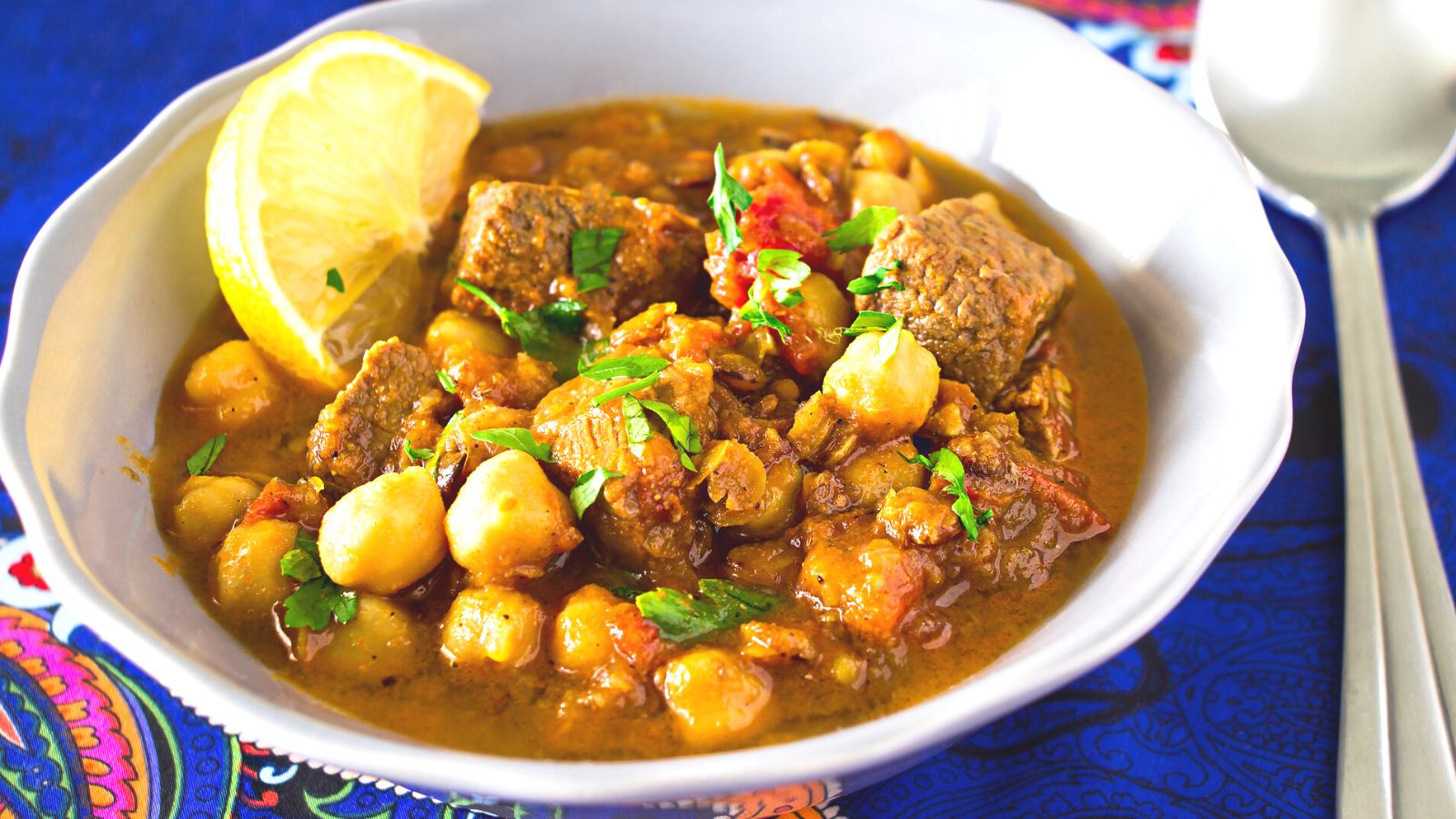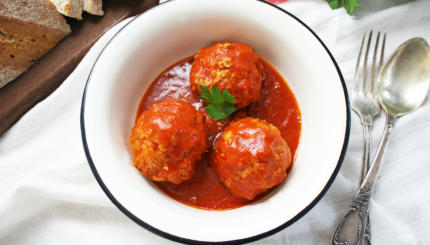The most incredible thing about Shabbat stews is how diverse they are, and yet how unified. By the term “Shabbat stew,” I mean a one-pot meal that is prepared on Friday, and then slow-cooks through the night to provide a hot lunch on Saturday. Virtually every Jewish community around the world has one, and their ingredients and names vary widely. A Bukharian osavo might contain rice, chicken or lamb, green apples and dried apricots and prunes, while a Hungarian sólet typically features smoked meat, paprika, garlic and a lot of beans. How much more different can you get?
And yet, both of these dishes are cooked in the same way, for the same reasons. The dishes can both be traced to the same root stew — as can almost all of the others that exist in the world.
The dish morphed with every move the Jewish people made based on available ingredients, climate and local tastes.
More fascinating, perhaps, are the variations within a single community’s stew. For example, the Shabbat stew in Morocco’s obvious unifying characteristic is that each segment is typically served separately. At the table, separate bowls will hold the potatoes, chickpeas, wheat or rice, slow-cooked eggs and meat, for example. But some people cook certain parts of the stew in a porous bag inside their pot, while others simply carefully place the ingredients in separate parts of the pot. Some cooks call their stew dafina, while others call it skhena. Even the flavor profile varies — some versions are sweeter and incorporate dates, dried fruit or even sugar, while are more savory, seasoned with turmeric and cumin.
The Nosher celebrates the traditions and recipes that have brought Jews together for centuries. Donate today to keep The Nosher's stories and recipes accessible to all.
This, of course, underscores an age-old truth: Throughout history, home cooks have always felt free to alter a “recipe” for their own — or their family’s — tastes. Which is why I encourage experimentation and a sense of freedom when people approach making their own Shabbat stews. Not sure how something will taste if you make a change? Try it! I guarantee that your ancestors will not be turning over in their graves; they also changed things for personal tastes and availability.
Taking it a step further, however, I decided to not only alter an ingredient or two in a more traditional version of the Shabbat stew. I am a proud immigrant to Israel, so I decided to create a new version of this dish that reflects my new homeland. I chose to incorporate some popular local ingredients as a tribute to the flavors of this incredible country.
The genesis of this recipe grew out of a vegetable that is available in winter here — the best season for eating a Shabbat stew. Cardoon (kharshuf in Hebrew) is a type of thistle that tastes similar to its relative, artichoke. It has a tough outer layer that needs to be peeled, but due to its toughness, it holds its shape through long cooking, rather than turning mushy, making it a great ingredient in a Shabbat stew. Knowing that not everyone can find cardoons, I tried the recipe with artichoke bottoms as well, and they hold up to the overnight cooking as well.
Then I began to experiment. My initial attempt featured rice, but the result was significantly better on my second attempt, using wheat berries instead. Lamb is a more traditional meat in this region, so I prefer it for this stew, but beef works well too. Finally, I knew it needed some Israeli spicing, so I went for the very popular za’atar-sumac combo. The result is hearty, but less stodgy than an Ashkenazi cholent, and the flavors are more savory than a sweet Sephardic hamin or Moroccan dafina.
Check out Joel Haber’s recently released digital cookbook of 12 international recipes for other types of slow-cooked Shabbat stews.
Ingredients
- 1 medium cardoon, or 1¼ lbs / 565 g frozen artichoke hearts
- 3 cups / 500 g wheat berries
- 15 oz / 425 g chickpeas
- 1¼ lbs / 565 g lamb or fatty beef, cut into chunks
- 12 cloves of garlic
- 3 Tbsp zaatar
- 1 Tbsp sumac
- 2 tsp salt
- 1 tsp pepper
- 1 egg per person, still in shells
Directions
- Carefully peel each cardoon stalk, removing the thorns, leaves and tough exterior. This will take a little while, but the effort is worth the result.
- Cut the peeled stalks into pieces about 3 inches long. Put them into a large bowl of lightly acidulated water (water with a bit of lemon juice inside).
- Put the mixed wheat and chickpeas into a pot. Insert the lamb or beef chunks in various spots among the wheat and chickpeas. Insert the garlic cloves in various places. Sprinkle the zaatar, sumac, salt and pepper over everything.
- Add water to cover. Gently insert the eggs around the top. Bring to a boil, then simmer for about 20 minutes.
- If using a slow cooker, cook overnight on Low. Alternatively, use a Dutch oven or similarly heavy pot, and cook overnight in the oven at 230° F / 110° C or on an electric hotplate (called a plata in Israel).
- With any method, place aluminum foil between the lid and the pot to keep the moisture in.
- Fold the edges of the foil up over the lid, so the steam doesn’t drip down the outside of the pot, making a mess.



